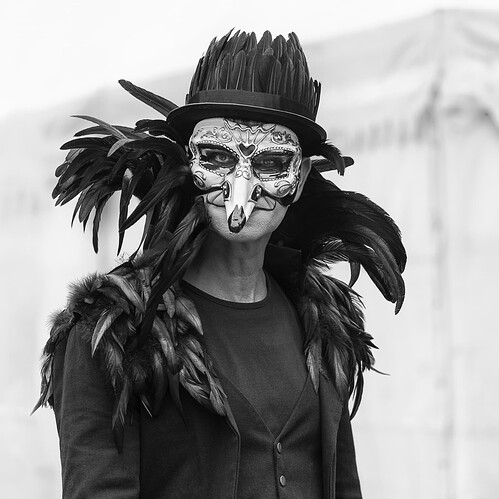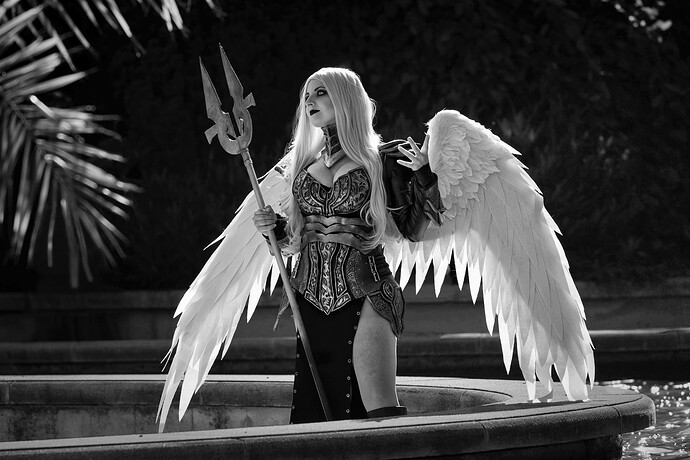to brush up you memory
→ Processing "dull", gray-sky images in PhotoLab 5 - #288 by Wolfgang
and from → Processing "dull", gray-sky images in PhotoLab 5 - #289 by mikemyers
Looking at the photos you listed,I can’t “relate” to many of them, …
Maybe you write less, but finally concentrate on photos.
@Stenis → How to create photos like "the masters", and is PhotoLab a useful tool? - #12 by Stenis
Yes, for the shown B&W versions I used SilverEfexPro, printed them and also put them in a book.
some more
taken at Elfia – You'll never dream alone

